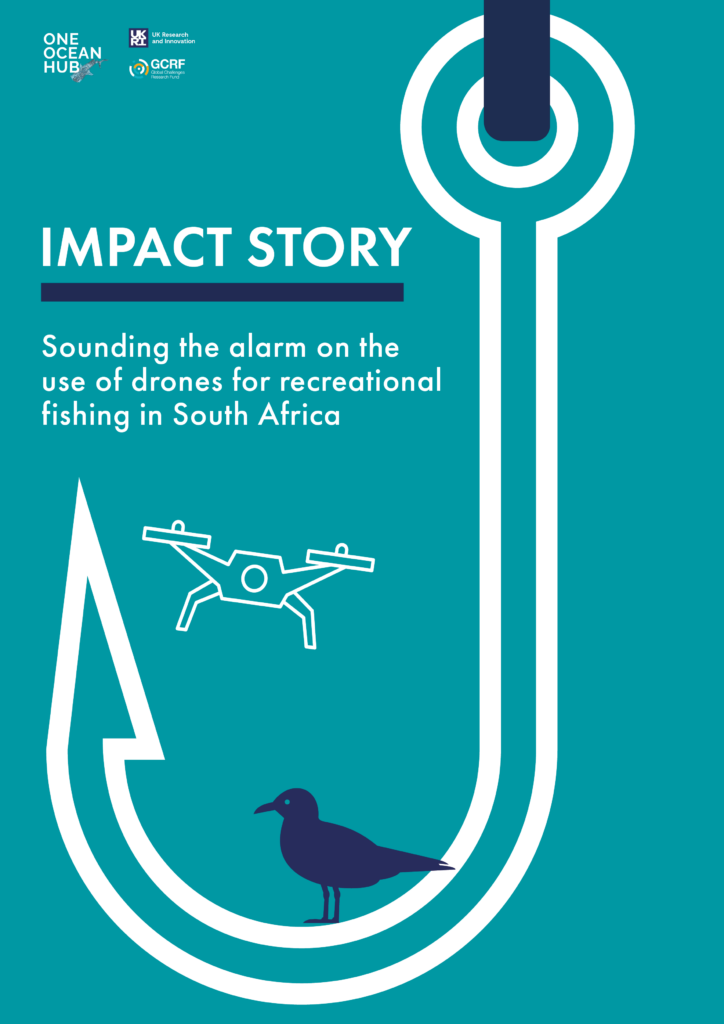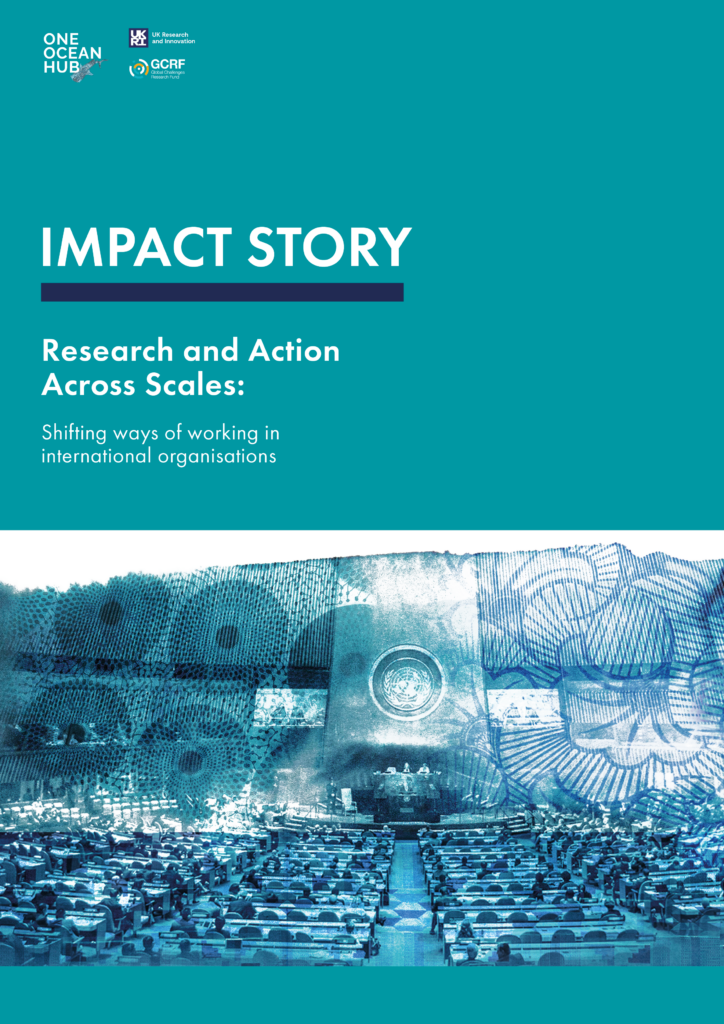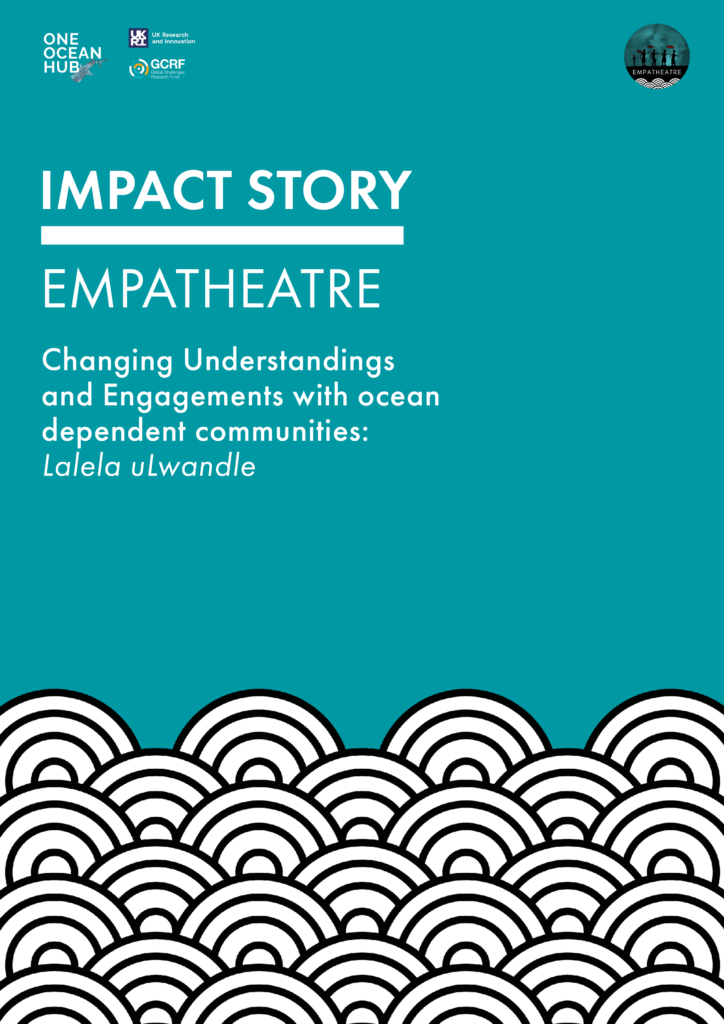Working with the Topnaar to Protect Human Rights and Revive Ocean Culture

(READ THE IMPACT STORY HERE)
impact story overview
THE KHOE-SPEAKING TOPNAAR PEOPLE (ǂAonin) were the first inhabitants documented as settling in Walvis Bay along the central Namib coast. For several centuries, their cultural livelihoods depended heavily on ocean resources. During colonial rule they were forcibly displaced from their coastal dwelling places, with their access to coastal marine resources and fishing grounds restricted. In contemporary Namibia, the Topnaar continue to be excluded from decision-making on the ocean. Hub researchers in Namibia are working to shape policy and law that will acknowledge the cultural and human rights of the Topnaar people.

Topnaar’s cultural livelihoods have always depended heavily on ocean resources, together with livestock and the harvesting of the !nara melon which is endemic to the Namib desert. They were forcibly displaced from their coastal dwelling places, with their access to coastal marine resources and fishing grounds restricted through legal and historical processes of exclusion during colonial rule. They continue to be excluded from decision-making on the ocean in contemporary Namibia. The community now primarily resides in 14 farm settlements along the lower valley of the !Khuiseb river and in coastal urban centres.

For the past three years, the Hub has been working with the Topnaar community. Our work has focused on facilitating connections – connections outside of the community, so they can be recognised as stakeholders and right-holders in ocean governance processes; as well as connections within, so that the Topnaar’s own cultural memories and knowledge practices can be revived. Despite their historical cultural and economic connections to the ocean, the Topnaar had only limited involvement in consultations on the blue economy prior to the Hub’s support.

Lena Kasper-Bees and her grandson Michael Kasper are part of the Topnaar community. Photo: Nessim Stevenson

This has paved the way for deeper collaboration between the UNAM team and Namibian governmental offices. Hub researchers provided input to help develop Namibia’s National Plan of Action (NPOA) for Small-Scale Fisheries and are now working with the MFMR to develop a consolidated law on fisheries that will recognise small-scale fishers and effectively support fair and equitable benefit-sharing in fisheries. They are also developing a Memorandum of Understanding with the Office of the Ombudsman, an independent and impartial public officer who raises people’s concerns relating to violations of human rights and protection of the environment.
making waves
Despite their historical cultural and economic connections to the ocean, the Topnaar had only limited involvement in consultations on the blue economy prior to the Hub’s support.

PROFESSOR ALEX KANYIMBA, UNIVERSITY OF NAMIBIA
The elders helped each other to get the main and right meaning of the word – !Gomen – which is connected to the sound of the whale’s tail as it hits the water.

GLENN KASPAR, JUNIOR COUNCILLOR IN THE TOPNAAR TRADITIONAL COUNCIL AND HUB RESEARCH ASSISTANT
Many in the Topnaar community hold histories of structural marginalisation and have been granted limited participation in decision-making. The UNAM team is working to shape policy and law that will acknowledge the cultural connections and human rights of communities such as theirs. At the same time, Mr. Kasper and his team are working to create spaces of inter-generational learning where cultural heritage and memories can resurface and connections be rediscovered between their community and the ocean.

READ the IMPACT STORy by clicking the image
READ our OTHER IMPACT STORIES
CLICK ON THE IMAGES BELOW TO READ
















